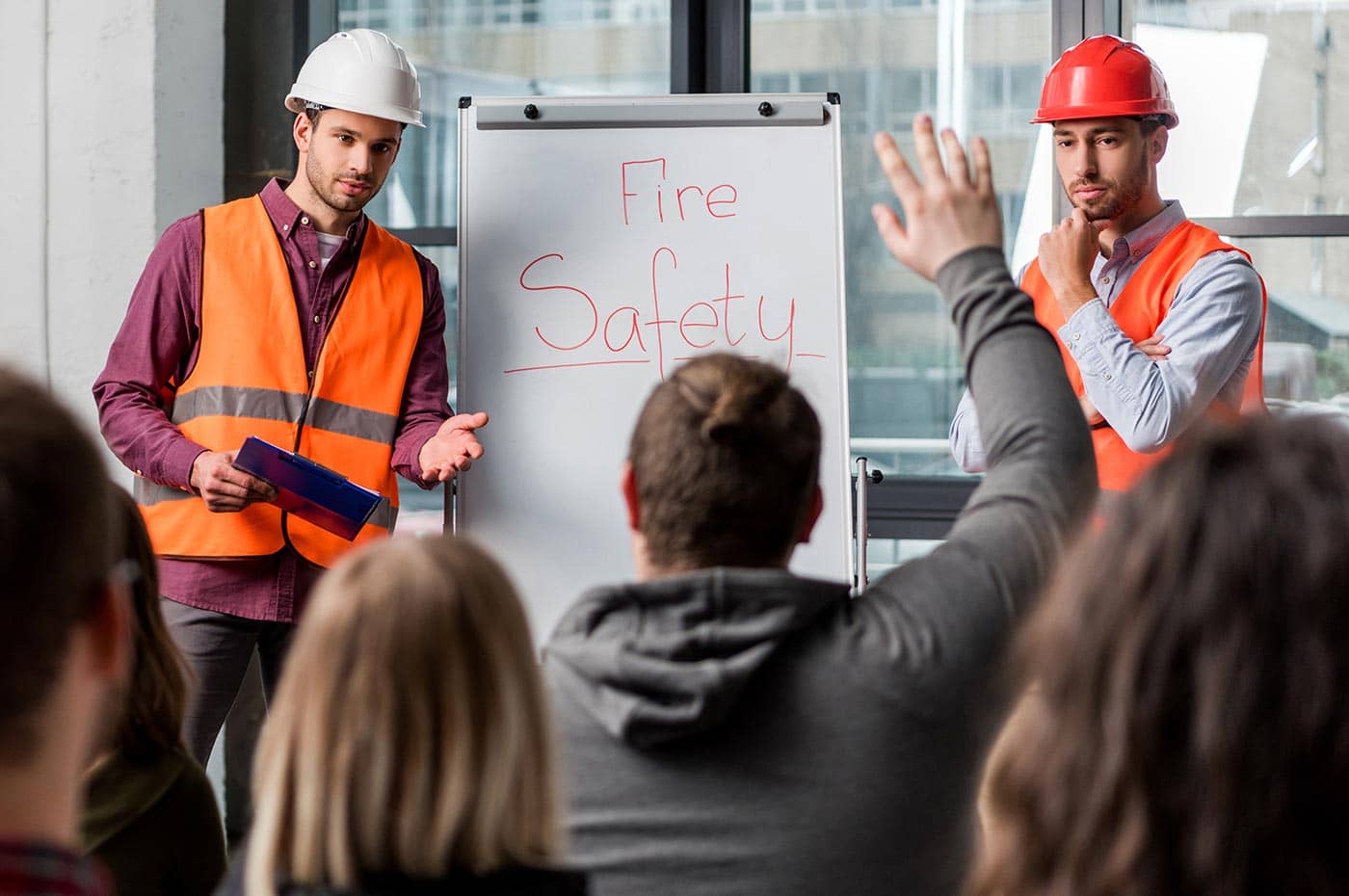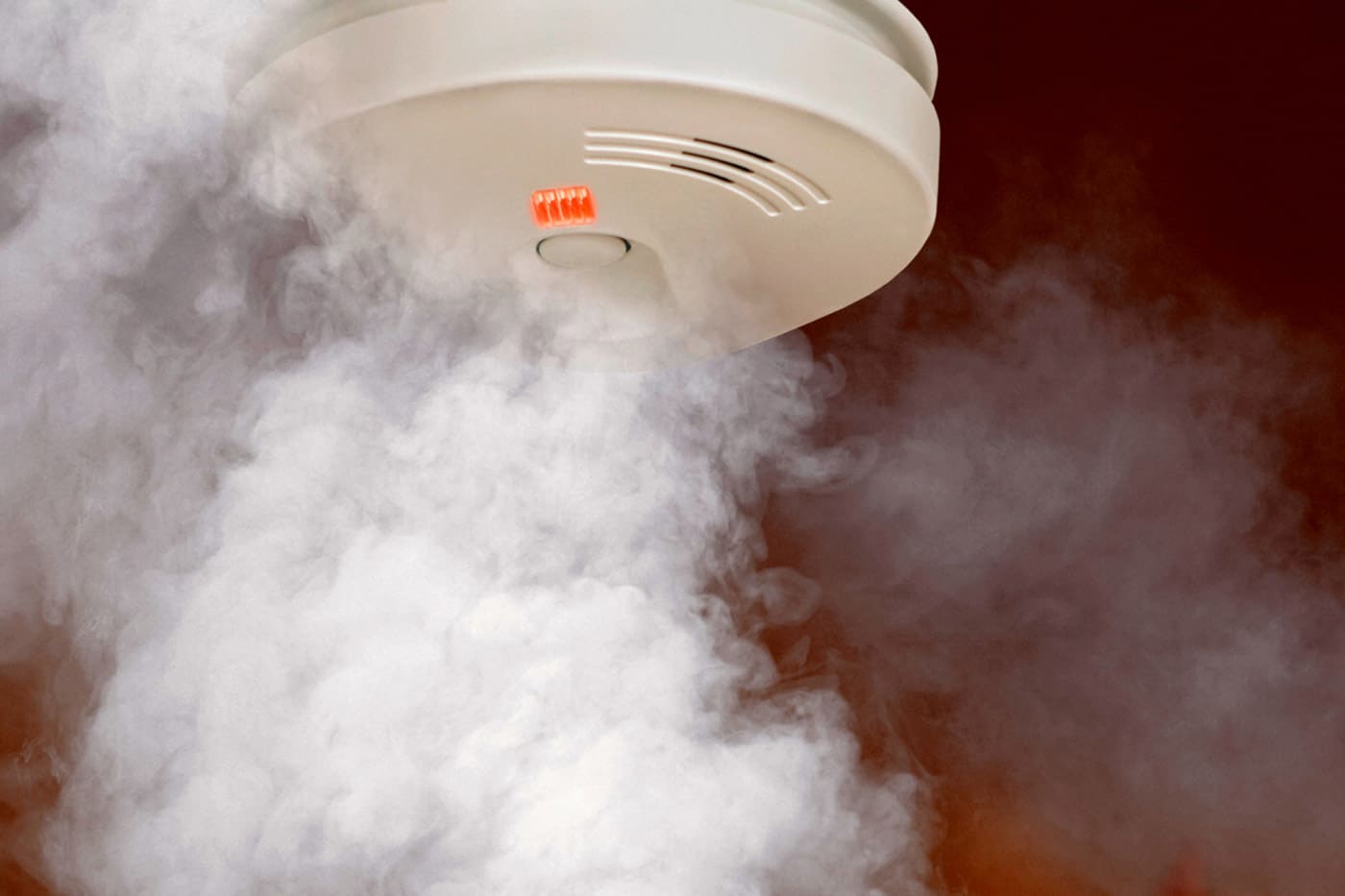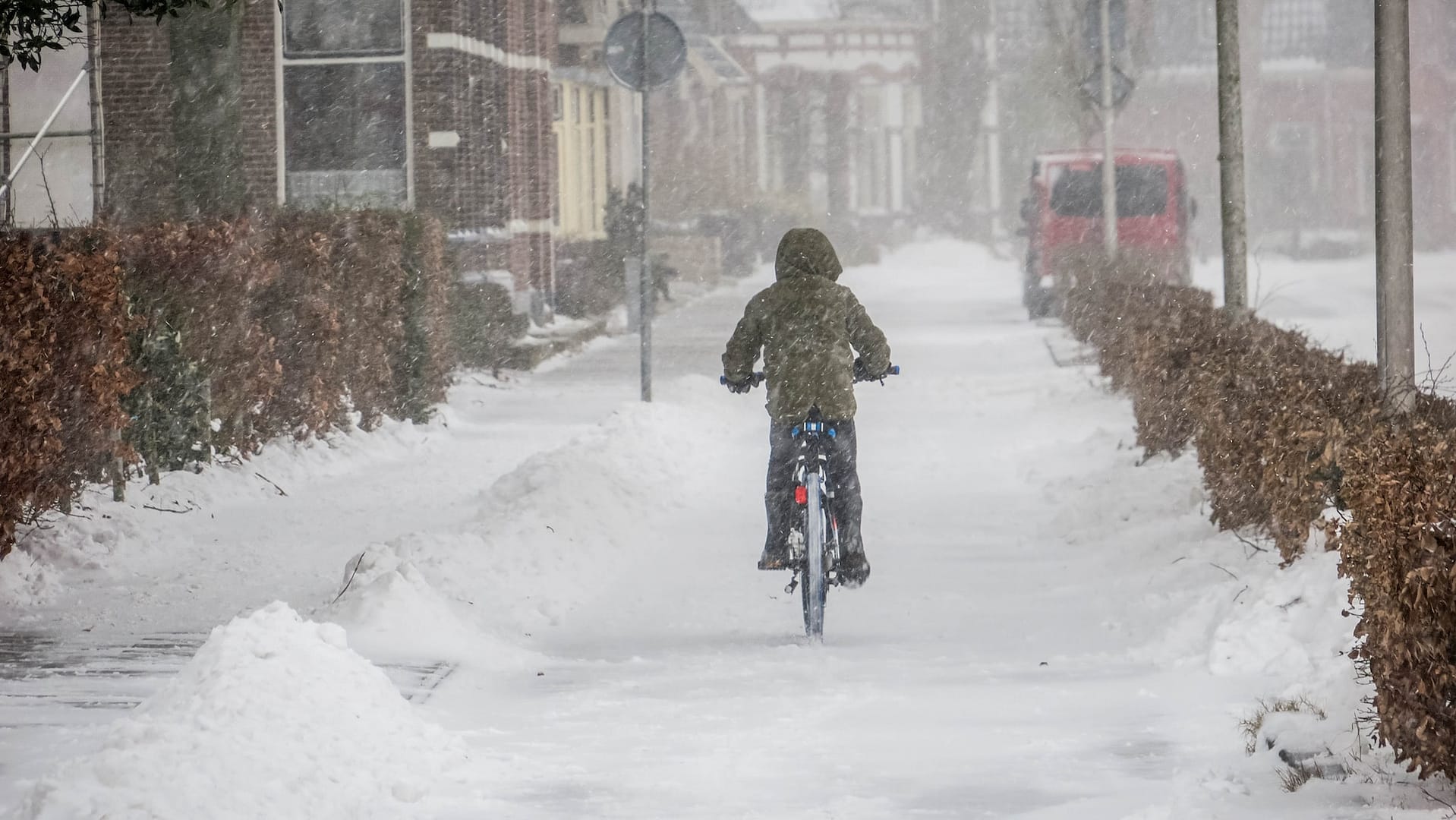In the realm of residential safety, the criticality of implementing adequate fire safety measures in social housing cannot be overstated. Picture this: a quiet evening in a social housing complex, families nestled in their homes, sharing stories and laughter. But, amidst this seemingly tranquil scene, there exists an unseen threat—the risk of a fire breaking out.
Understanding Fire Safety Measures
Fire safety measures encompass a range of protocols designed to prevent, detect, and mitigate the impact of fires. In the context of social housing, these measures become even more crucial, given the diverse demographics residing within such communities. From the layout of the buildings to the materials used in construction, every detail plays a role in shaping the overall fire safety profile.
A key component of fire safety is the installation and maintenance of smoke detectors. These unassuming devices act as silent guardians, alerting occupants at the earliest sign of smoke. Imagine a scenario where a small kitchen mishap escalates into a potential disaster. A well-placed smoke detector could be the difference between a swiftly contained incident and a full-blown catastrophe.
Additionally, the infrastructure of social housing should prioritise fire-resistant materials. Walls, doors, and windows that can withstand the intense heat of a fire contribute significantly to slowing down its progression, granting precious time for evacuation and firefighting efforts.
The Crucial Role of Fire Safety Regulations
Now, you might wonder, why are fire safety regulations important? Think of regulations as the rules of the game, ensuring that every player—be it the architects designing the buildings, the builders constructing them, or the residents occupying them—adheres to a standardised set of safety measures.
Creating a Collective Safety Net
Fire safety regulations serve as a collective safety net, weaving a protective fabric around entire communities. In the context of social housing, where a myriad of factors such as economic disparities and cultural diversity come into play, a unified set of regulations becomes the cornerstone of a secure living environment.
Consider the concept of compartmentalization, a principle enshrined in fire safety regulations. This involves designing structures in a way that limits the spread of fire, confining it to the area of origin. In social housing, where dwellings often share walls, adhering to these regulations can prevent a localised incident from turning into a community-wide crisis.
Empowering Residents Through Education
Beyond the physical aspects, fire safety regulations empower residents through education. Knowledge is the greatest weapon against any threat, and in the case of fires, knowing how to respond swiftly and efficiently can be life-saving.
Community engagement programs that educate residents on fire safety protocols, evacuation procedures, and the proper use of fire extinguishers contribute significantly to a community’s overall resilience. Imagine a neighbourhood where each resident is not just aware but actively involved in ensuring the safety of their community. It transforms social housing into a collective fortress, guarded against the unpredictable nature of fires.

The UK Perspective on Fire Safety in Social Housing
In the United Kingdom, where social housing is a cornerstone of the housing sector, fire safety has been thrust into the spotlight in recent years. Tragic incidents, such as the Grenfell Tower fire, have underscored the urgent need for robust fire safety measures.
Legislation Driving Change
In response to these incidents, the UK has implemented stringent legislation to enhance fire safety in social housing. The Regulatory Reform (Fire Safety) Order 2005, for instance, places the responsibility on building owners and landlords to assess and mitigate the risks of fire. This includes the installation of fire detection and alarm systems, emergency lighting, and adequate escape routes.
The Real-Life Impact
The impact of these legislative measures is palpable. Imagine a resident living in a social housing complex, knowing that their safety is not just a matter of chance but a result of a comprehensive, legally mandated framework. It fosters a sense of security and trust, crucial elements for the well-being of any community.
The Way Forward: A Shared Responsibility
As we delve into the importance of adequate fire safety measures in social housing, it becomes evident that creating a safe living environment is a shared responsibility. It’s not just about complying with regulations but fostering a culture of safety that permeates every aspect of community life.
Residents, building owners, local authorities, and policymakers—all play a vital role in shaping the safety landscape. It’s not merely about meeting standards; it’s about exceeding them, about going the extra mile to ensure that every individual, regardless of their socio-economic background, can rest easy, knowing that their home is a sanctuary, shielded from the ravages of fire.
Making a Housing Disrepair Claim with National Claims
In the unfortunate event of housing disrepair, swift and effective action is crucial. National Claims understands the significance of ensuring that social housing remains not only safe from fires but also from structural and environmental issues. Our dedicated team is committed to assisting residents throughout the claims process, ensuring that their living conditions meet the highest standards.
Whether it’s addressing issues related to damp, mould, or other structural concerns, National Claims strives to be a partner in creating homes that are not only fire-safe but also free from disrepair. We believe that every individual deserves to live in a home that is secure, comfortable, and conducive to a thriving community.
Conclusion
In conclusion, the importance of adequate fire safety measures in social housing cannot be overstated. It’s not merely a matter of compliance; it’s a commitment to building resilient communities where every resident can thrive without the constant shadow of fire looming overhead.
From the physical aspects of building design to the intangible but equally vital realm of education and community engagement, fire safety measures form the backbone of secure living. As we navigate the complexities of social housing, let us remember that safety is not just a regulation to be followed but a shared responsibility to be embraced. In doing so, we transform social housing not just into structures of bricks and mortar but into havens of safety, where every individual can find solace and security. And with National Claims, we extend our commitment to ensuring that the journey toward safe and secure housing includes addressing any disrepair issues promptly and effectively.
Get a start on your claim with the help of one of our claims specialists today by contacting us.
Click below to see why we are one of the most trusted claims management companies in the UK.

We’re proud of our excellent customer reviews
We thrive on delivering exceptional service and ensuring our clients’ satisfaction. Don’t just take our word for it. Check out some of our independent reviews to see what our clients have to say.
Excellent

This firm is excellent, they sorted out my car pay out and injury claim very fast, they always communicate with you all the time.

My accident case was dealt with confidence and with great result of the outcome, especially James kept me informed all the time.

I was very impressed at the way my inquiry was treated. I was listened to attentively and everything I needed to know was explained to me.






